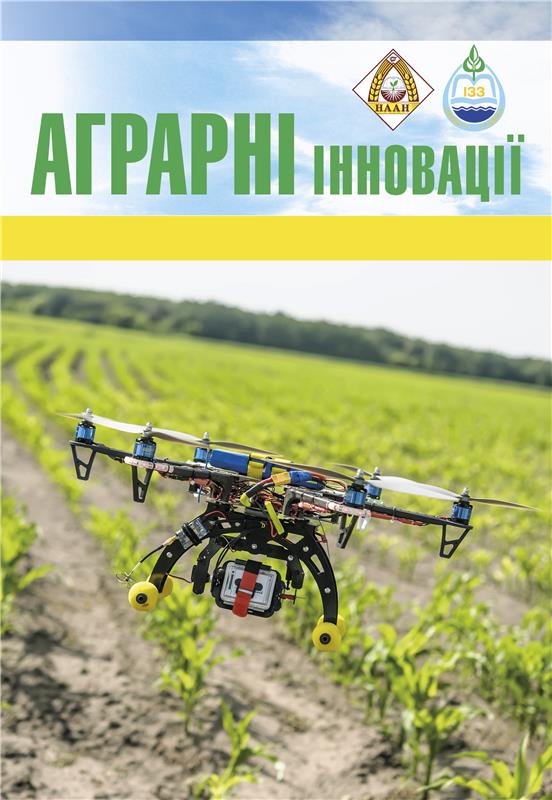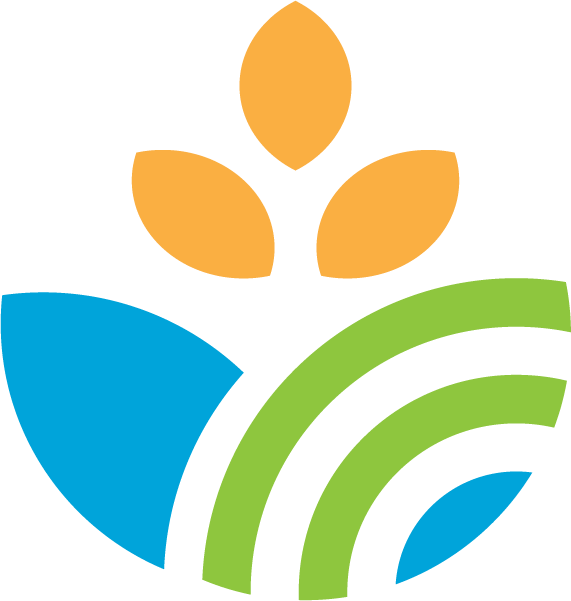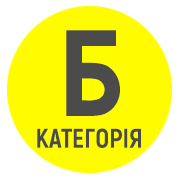CABBAGE MOTH (PLUTELLA XYLOSTELLA): CONTEMPORARY APPROACHES TO PEST CONTROL IN THE CONTEXT OF TAX INCENTIVES AND ECONOMIC EFFICIENCY
Abstract
Objective. The aim of the study is to assess the effectiveness of different pest control methods for Plutella xylostella in agroecosystems of Ukraine, specifically comparing chemical, biological, and integrated approaches in terms of their ecological and economic outcomes.Methods. The research was conducted in 2020-2023 in agricultural enterprises in Vinnytsia and Khmelnytskyi regions. Field observations, laboratory experiments, economic analysis, and climate change assessments were utilized. To compare the effectiveness of pest control methods, chemical agents, Beauveria bassiana-based biopesticides, and an integrated approach combining both methods were applied.Results. In the farm "LLC "Vegetables of the Right Bank" (Vinnytsia region), chemical agents reduced the pest population by 35 %, but crop losses were 10 %. In "Agro-Region" (Khmelnytskyi region), the use of biopesticides resulted in a 40 % reduction in Plutella xylostella populations, preservingup to 25 % of the crop. Climatic changes, particularly the increase in average daily temperatures, contributed to a 25–30 % increase in pest populations in years with high temperatures. At the same time, the integrated approach achieved a balance between effectiveness (60 %) and ecological safety.Conclusions. The study confirmed that chemical methods provide the highest effectiveness in controlling Plutella xylostella, but they are associated with high ecological risks. Biopesticides are more environmentally safe but less effective. The integrated approach reduces risks while maintaining significant efficacy. The use of tax incentives in Ukraine promotes cost savings that can be reinvested in implementing environmentally friendly technologies. This underscores the importance of combining ecological, economic, and legislative tools to achieve sustainable development in the agricultural sector and effective pest control.
References
2. Guo J., Cong X., Ge F., & Wan F. Modelling reproduction of Plutella xylostella (L.) (Lepidoptera: Plutellidae): Climate change may modify pest incidence levels. Bulletin of Entomological Research. 2013. № 103(3). P. 284–291. DOI: https://doi.org/10.1017/ S0007485312000693/
3. Jones A., & Green B. Integrated Pest Management for Brassica Crops. Journal of Crop Science. 2019. № 14(3). P. 123–134.
4. Patricia A. Ortega-Ramos1, Duncan J. Coston1, Gaлtan Seimandi-Corda. Integrated pest management strategies for cabbage stem flea beetle (Psylliodes chrysocephala) in oilseed rape. GCB Bioenergy: Published by Wiley. 2022. № 14(3). P. 267–285. DOI: https://onlinelibrary.wiley.com/doi/10.1111/gcbb.12918.
5. Sarfraz M., Keddie A.B., & Dosdall L.M. Biological control of the diamondback moth, Plutella xylostella: A review. Biocontrol Science and Technology. 2005. № 15(8). P. 763–789. DOI: https://doi. org/10.1080/09583150500136956.
6. Smith J., & Brown R. Impact of Temperature on Plutella xylostella Populations. Entomological Studies Quarterly. 2021. № 18(4). P. 34–49.
7. Амонс С.Е. Біологічний захист рослин в системі органічного землеробства. Сільське господарство та лісівництво. 2022. № 2 (25). С. 167–183. DOI: https://doi.org/10.37128/2707-5826-2022-2-13
8. Горбатюк Т.В. Вплив технологій генної інженерії на трансформацію соціуму: світоглядний аспект. Humanitarian studios: pedagogics, psychology, philosophy. 2019. Vol 10(4). P. 104–107. DOI: https:// doi.org/10.31548/hspedagog2019.04.104.
9. Клечковський Ю.Е., Глушкова С.О., Палагіна О.В. Трипси – небезпечні шкідники овочевих культур. Карантин і захист рослин. 2019. № 7–8. С. 5–10. DOI: https://doi.org/10.36495/2312-0614.2019.7-8.5-10
10. Колтунов В.А., Романов А.В., Бондаренко В.А. Капустяні овочі. Технологія вирощування і зберігання: монографія. Харків: ФОП Іванченко. 2015. 374 с.
11. Мостов'як І.І., Крикунов І. В., Сеник І.І., Гойсюк Ю.В., Сидорук Г.П. Основні фітофаги агроценозів капусти білоголової пізньостиглої в умовах Лісостепу Західного. Аграрні інновації. 2024. № 23. DOI: https:// doi.org/10.32848/agrar.innov.2024.23.19.
12. Про внесення змін до Податкового кодексу України та інших законодавчих актів України щодо звільнення від сплати екологічного податку, плати за землю та податку на нерухоме майно, відмінне від земельної ділянки, за знищене чи пошкоджене нерухоме майно: Закон України від 11.04.2023 № 3050-ІХ. URL: https://zakon.rada.gov.ua/laws/show/3050-20#Text (дата звернення 14.01.2025).






